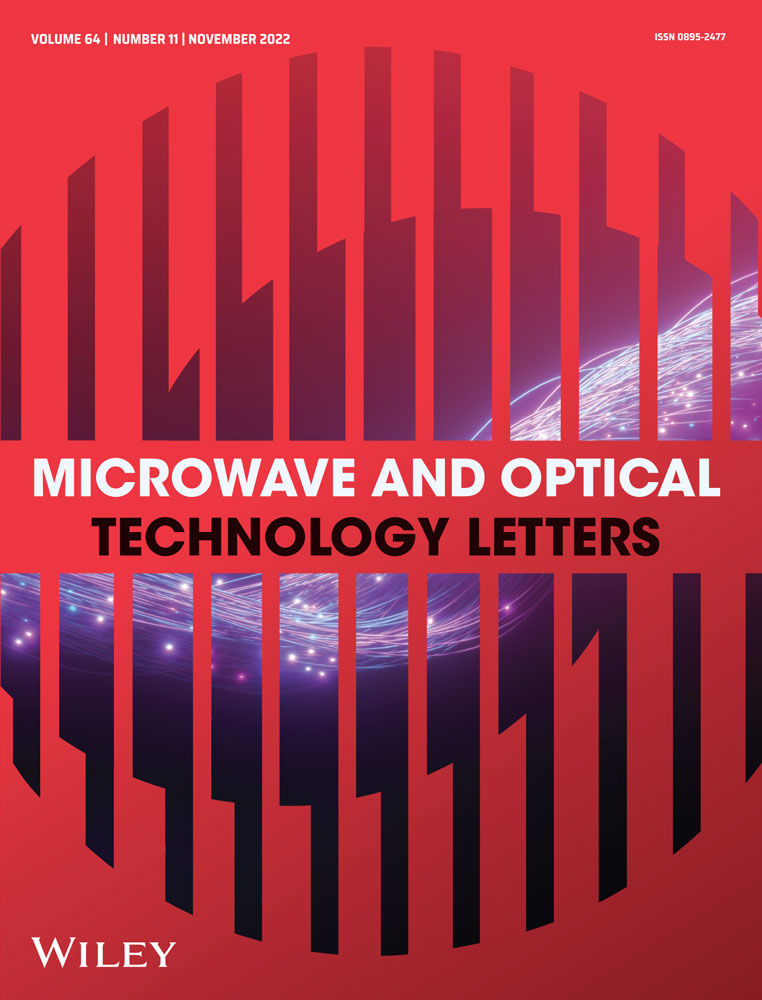An ultra-wide passband frequency-selective rasorber with high transmission
Abstract
A frequency-selective rasorber (FSR) with an ultra-wide transmission band and low-insertion loss based on compound spiral resonator is presented. The structure consists of the top lossy layer and bottom lossless layer. The frequency-selective surface is adopted as the lossless layer to obtain an ultra-wide transmission window. The top lossy layer is made up of the compound spiral resonator and I-shaped metallic strips with four lumped resistors in this design. The equivalent circuit model is constructed to expound the operating mechanism of this FSR. The 1 dB transmission bandwidth is achieved from 6.98 to 12.21 GHz (54.5%) with the minimum insertion loss of 0.13 dB at 10.40 GHz. Moreover, the bandwidth of S11 < −10 dB is obtained in 4.64–12.21 GHz with a fractional bandwidth of 89.8%. Furthermore, the designed FSR has a good oblique incident angle of 30° and polarization stability. Finally, the simulation results are proved by the experimental results, which confirm the feasibility of the design.
Open Research
DATA AVAILABILITY STATEMENT
The data that support the findings of this study are available from the corresponding author upon reasonable request.




